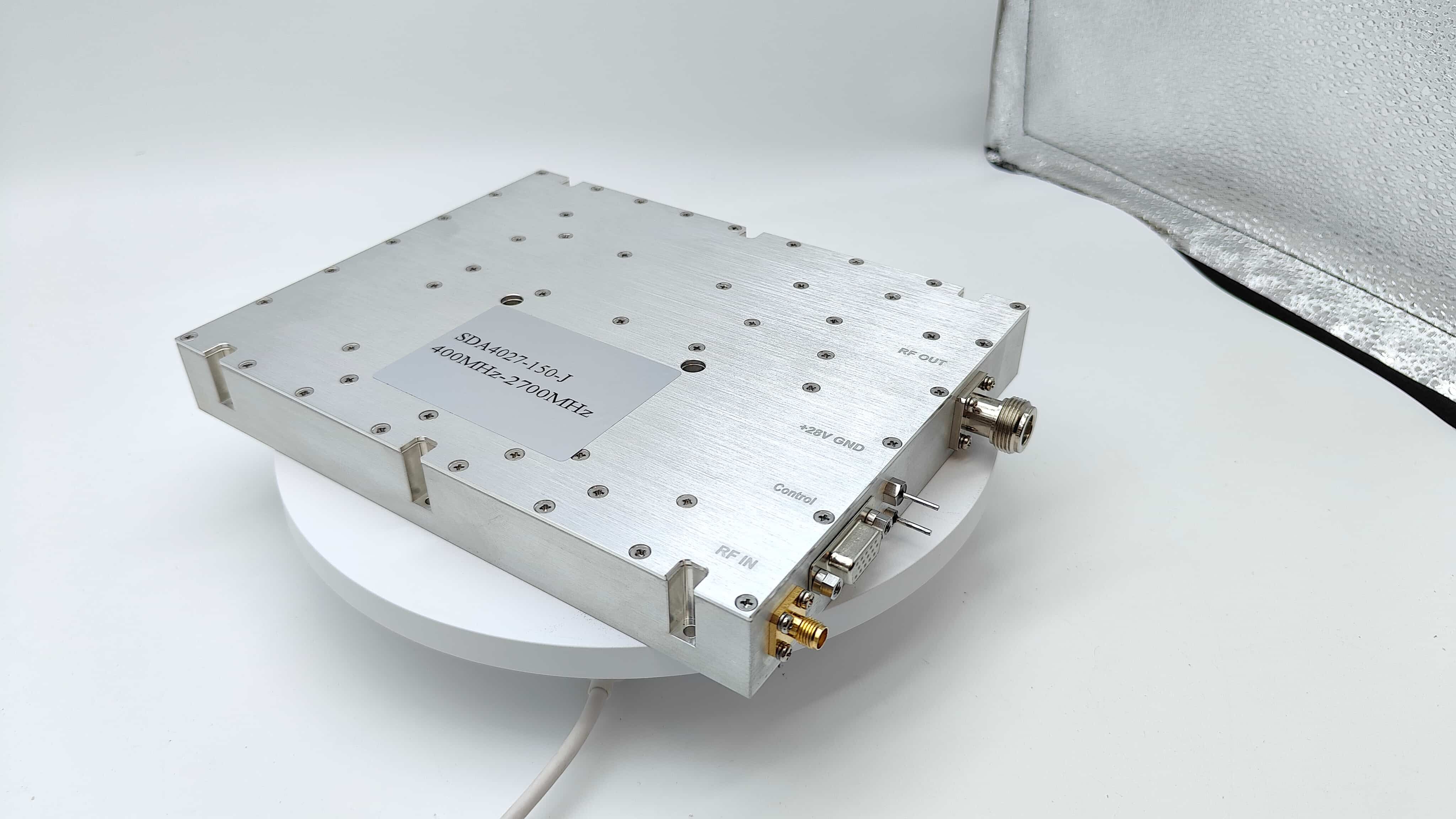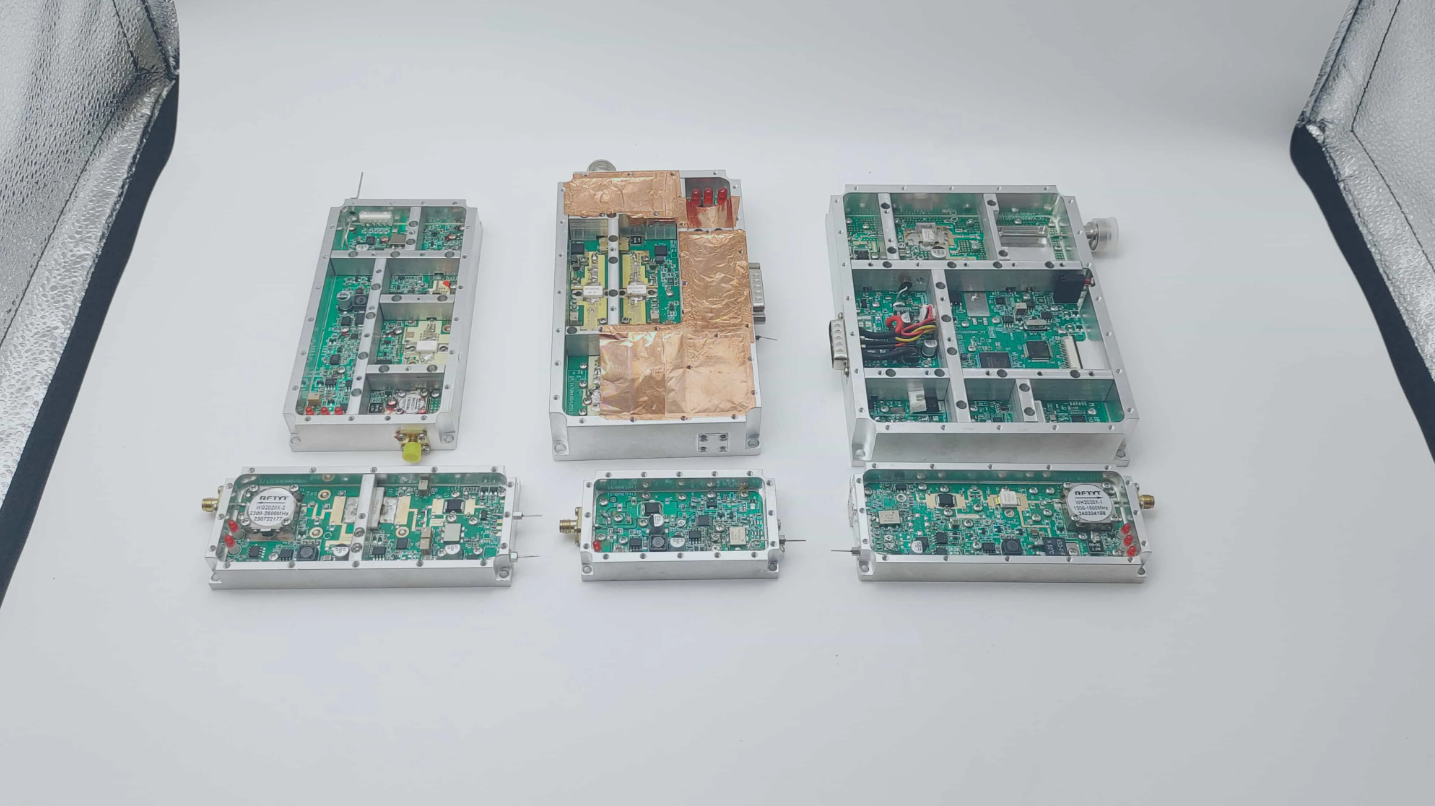The Evolution of Semiconductor Technology in Modern RF Amplification
The landscape of radio frequency (RF) power amplification has been revolutionized by continuous advancements in semiconductor materials. These innovations have fundamentally transformed how we approach wireless communication, radar systems, and broadcasting technologies. Today's semiconductor materials RF power amplifiers represent the culmination of decades of research and development, offering unprecedented levels of efficiency, power handling capability, and frequency response.
Modern RF power amplifiers leverage sophisticated semiconductor compounds that push the boundaries of what's possible in signal amplification. From traditional silicon-based devices to cutting-edge gallium nitride compositions, each advancement in semiconductor materials brings new possibilities for enhanced performance, reduced power consumption, and improved thermal management.
Fundamental Semiconductor Materials in RF Power Amplification
Silicon-Based Semiconductor Compounds
Traditional silicon-based semiconductor materials continue to play a crucial role in RF power amplifiers, particularly in low to medium-power applications. Silicon's abundance and well-established manufacturing processes make it an economical choice for many applications. The evolution of silicon-based technologies, including Silicon-Germanium (SiGe) and Silicon-on-Insulator (SOI), has expanded the capabilities of these foundational materials.
Advanced silicon processing techniques have enabled the development of more efficient semiconductor materials RF power amplifiers. These improvements include enhanced electron mobility, better thermal conductivity, and reduced parasitic effects. The integration of silicon with other compounds has created hybrid solutions that combine cost-effectiveness with superior performance characteristics.
Gallium-Based Compounds
Gallium Arsenide (GaAs) and Gallium Nitride (GaN) have emerged as game-changing semiconductor materials in RF power amplification. These compounds offer significantly higher electron mobility and breakdown voltage compared to silicon-based alternatives. GaN, in particular, has revolutionized high-power RF applications due to its exceptional power density and efficiency.
The inherent properties of gallium-based semiconductor materials enable RF power amplifiers to operate at higher frequencies while maintaining excellent linearity. This advancement has been particularly beneficial for 5G infrastructure, military radar systems, and satellite communications where high-frequency operation is essential.

Performance Enhancements Through Material Innovation
Thermal Management Capabilities
Advanced semiconductor materials have dramatically improved thermal management in RF power amplifiers. The introduction of materials with superior thermal conductivity allows for more efficient heat dissipation, enabling higher power operation without compromising reliability. This enhancement directly impacts the power handling capability and longevity of modern amplifiers.
Innovative substrate materials and packaging solutions work in concert with advanced semiconductor compounds to create more thermally efficient designs. These improvements allow semiconductor materials RF power amplifiers to maintain stable operation under demanding conditions while reducing the need for complex cooling systems.
Efficiency and Power Density Optimization
Modern semiconductor materials have enabled significant improvements in power density and efficiency metrics. The ability to operate at higher voltages while maintaining low on-resistance has resulted in more compact and energy-efficient amplifier designs. This optimization directly translates to reduced operating costs and improved system reliability.
The enhanced electron mobility and carrier concentration in advanced semiconductor compounds contribute to superior power-added efficiency (PAE). This improvement in efficiency not only reduces power consumption but also minimizes heat generation, creating a positive feedback loop for overall system performance.
Applications and Implementation Considerations
Wireless Communication Systems
The evolution of semiconductor materials RF power amplifiers has been particularly impactful in wireless communication systems. The ability to handle higher frequencies and power levels while maintaining linearity has enabled the deployment of advanced communication networks. From base stations to mobile devices, these improvements have contributed to increased data rates and improved coverage.
The selection of appropriate semiconductor materials for specific applications requires careful consideration of factors such as operating frequency, power requirements, and cost constraints. Different material combinations may be optimal for various parts of the communication infrastructure, from small-signal applications to high-power transmission systems.
Industrial and Scientific Applications
Beyond communications, advanced semiconductor materials have opened new possibilities in industrial and scientific applications. Plasma generation, particle accelerators, and industrial heating systems benefit from the improved power handling and frequency capabilities of modern RF amplifiers. The reliability and efficiency of these systems have been significantly enhanced through material innovations.
Research facilities and industrial processes can now achieve higher precision and better control through the implementation of advanced semiconductor materials in their RF power amplification systems. This has led to improvements in manufacturing processes, scientific research capabilities, and industrial automation.
Future Directions and Emerging Technologies
Novel Material Compositions
Research into new semiconductor materials continues to push the boundaries of RF power amplifier performance. Emerging compounds and novel material combinations promise even greater improvements in efficiency, power density, and frequency response. These developments may lead to breakthrough applications in fields such as quantum computing and terahertz communications.
The integration of advanced materials with novel manufacturing techniques is opening new possibilities for customized semiconductor solutions. This customization allows for optimized performance in specific applications while maintaining cost-effectiveness and reliability.
Integration and Miniaturization
The trend toward system integration and miniaturization is driving innovation in semiconductor materials and processing techniques. Advanced packaging technologies and multi-chip modules are enabling more compact and efficient RF power amplifier designs. These developments are particularly important for portable and mobile applications where size and power consumption are critical factors.
The combination of different semiconductor materials in single packages is becoming more common, allowing designers to leverage the advantages of multiple materials while minimizing their individual limitations. This hybrid approach represents a promising direction for future RF power amplifier development.
Frequently Asked Questions
What makes GaN superior to traditional semiconductor materials for RF power amplifiers?
GaN offers higher breakdown voltage, better thermal conductivity, and superior electron mobility compared to traditional materials. These properties enable higher power density, improved efficiency, and operation at higher frequencies, making it ideal for modern RF applications.
How do semiconductor material advancements affect the cost of RF power amplifiers?
While advanced materials may have higher initial costs, their improved performance and efficiency often result in lower total system costs through reduced cooling requirements, better power efficiency, and increased reliability. Manufacturing scale and process improvements continue to make these materials more cost-effective.
What role do semiconductor materials play in 5G infrastructure development?
Advanced semiconductor materials are crucial for 5G infrastructure, enabling the high-frequency operation, power efficiency, and reliability required for next-generation networks. Their improved performance characteristics support the increased bandwidth and reduced latency demands of 5G systems.
Table of Contents
- The Evolution of Semiconductor Technology in Modern RF Amplification
- Fundamental Semiconductor Materials in RF Power Amplification
- Performance Enhancements Through Material Innovation
- Applications and Implementation Considerations
- Future Directions and Emerging Technologies
- Frequently Asked Questions

 EN
EN






